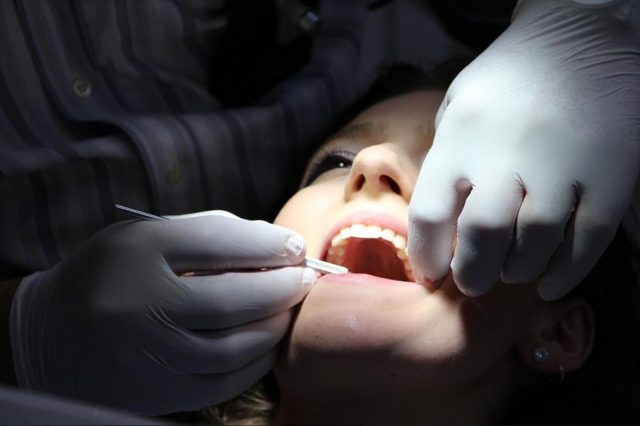The first titanium dental implant was placed in a human volunteer in 1965, by an orthopedic surgeon named Branemark. It is proven that implanting artificial teeth has had a significant success rate since the first trial. For this to take place, the client should have a record of good health, which determines the length of the healing process. Their jaws should also be strong enough and of a particular outline for the implants to fit. Implantation is a surgical process, and the patient should be ready to give the consent required for the dentists to carry out the surgery. Most of all, it is obligatory for clients who want to have dental implants to plan for regular check-ups with their dentists. Below are some additional pieces of information on artificial teeth replacement.
What Should the Clients Know Before Implantation?
The first thing is that clients should be aware if they are eligible for the surgical process. After this, they should seek the services from a reputable dentist to increase the success rates. The reason is that working with an experienced dentist develops trust for the client. They should also look for information on the appropriate treatment and dental visits required. As a result, it helps them to plan their schedules on when to book appointments with their specialists. After all these, they can proceed to have the gaps in their jawbones or damaged teeth replaced with dental implants.
What are the Basic Steps during Implantation?
Implantation of artificial teeth requires a standard procedure just like any other surgical process. When a dentist follows these steps, the clients will benefit from happy smiles and satisfactory services. They include the following;
- Assembling of the required equipment- The dentist will arrange the necessary materials for the surgery.
- Cleansing of the jawline- The specialist will sterilize the jaws of the client to ensure that the operation takes place under aseptic conditions.
- Implantation of the artificial teeth- During this process, the dentist will examine the jawbones using imaging such as x-rays. With this, he or she will identify the best location along the jawline to insert the dental implants. After implantation, the patient will experience some pain and swelling on the specific parts of their jaws. It will then require them to use painkillers and a jawbone type of medication which their dentists will recommend.
- The positioning of the replacement tooth- After drilling the holes for inserting the implants, the dentist will provide the clients with a custom made tooth that resembles the design of their natural dental formula. The process takes place immediately.
- The issuing of dentures or crowns for temporary use- These are dental equipment that the dentists give their clients to assist them in eating until their new teeth are ready and completely healed.
- Healing- The rate at which the flesh around the point of implantation will grow is the most vital point to consider when gauging how long it would take for the client to heal completely. It can take a long or short time, depending on how the bones in the jawline will adapt to the new material. Most of these procedures have been successful.

A professional writer with over a decade of incessant writing skills. Her topics of interest and expertise range from health, nutrition and psychology.


